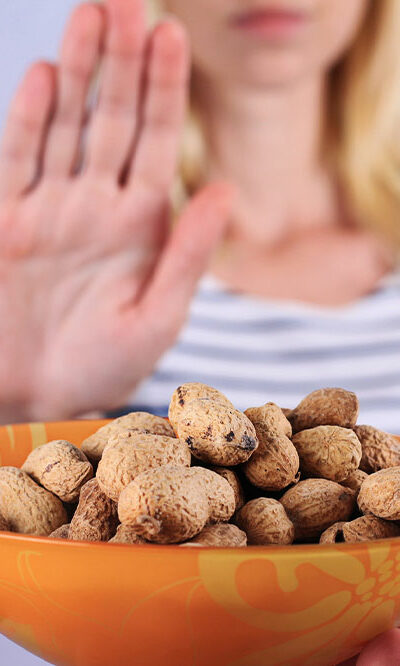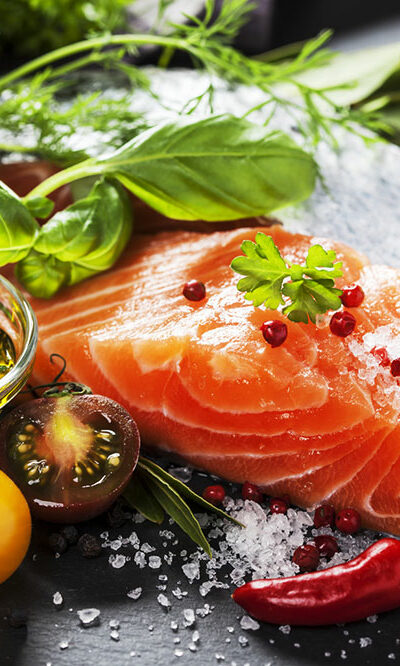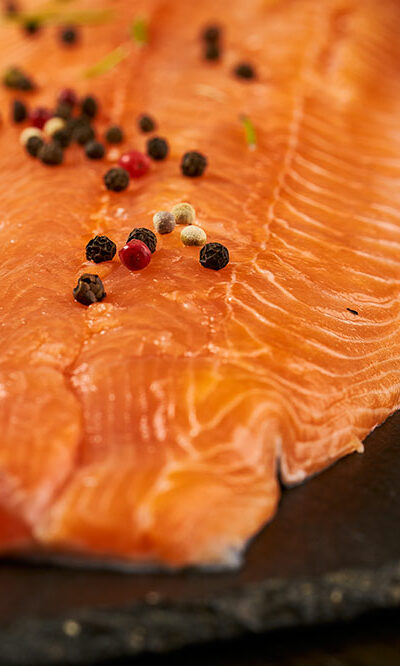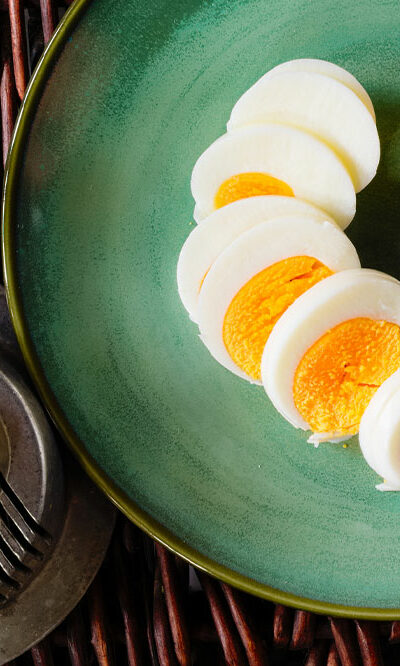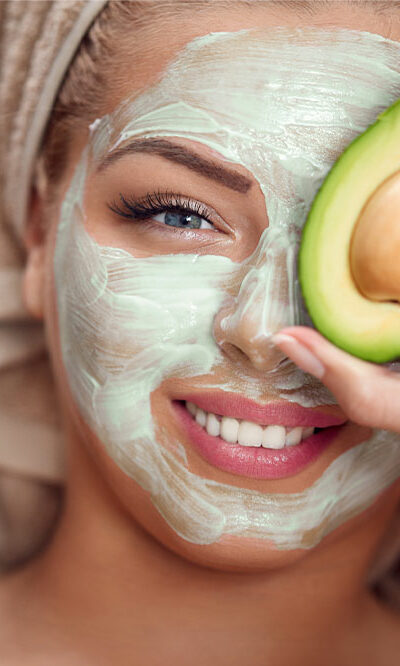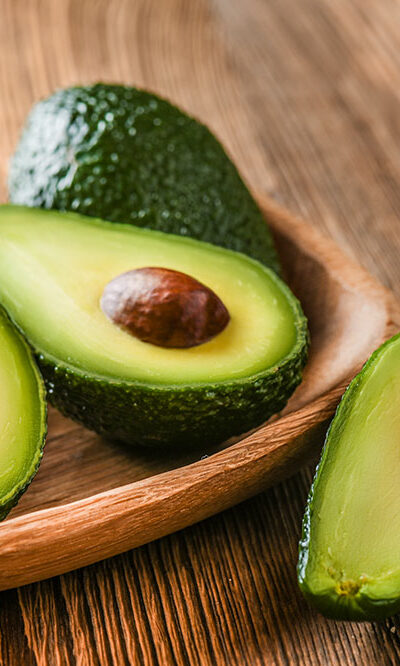
4 vitamins to consume for good eye health
The eye is an organ part of the visual system in the human body that enables individuals to see. But several factors can affect one’s overall vision. Age, diabetes, high blood pressure, and genetics are significant factors impacting one’s vision. Improper nutrition can also be a contributing factor to poor vision. Therefore, one must ensure they eat foods rich in vitamins to improve eye health. Here are four such vitamins to include in each meal. Vitamin A Including foods rich in vitamin A may help maintain a clear cornea (the outer covering of the eye). The vitamin is also a component of a protein in the eyes known as rhodopsin. The protein allows individuals to see in low light conditions. Furthermore, vitamin A reduces the risk of age-related macular degeneration (AMD) and cataracts. Foods abundant with A vitamins include pumpkins, bell peppers, squash, and sweet potato. Carrots, black-eyed peas, spinach, broccoli, mangoes, and cantaloupe are other foods rich in this vitamin. The lack of vitamin A can lead to xerophthalmia, a severe condition that may cause permanent blindness. Vitamin C Eating foods rich in vitamin C can have several health benefits, including those for the eyes. The vitamin also protects the eyes from oxidative damage. Such damage is a crucial factor that can trigger the development of nuclear and cortical cataracts, which are common age-related cataracts. Oranges, blackberries, grapefruit juice, and Brussels sprouts are some foods to consume to improve the vitamin levels in the body. Research indicates that people who developed a nuclear cataract had clearer lenses when they ate foods rich in vitamin C. The nutrition from these foods can also protect the eye against UV light damage. While the concentration of vitamin C in the eyes depletes with age, taking supplements based on a healthcare professional’s advice may help replenish the vitamin.

